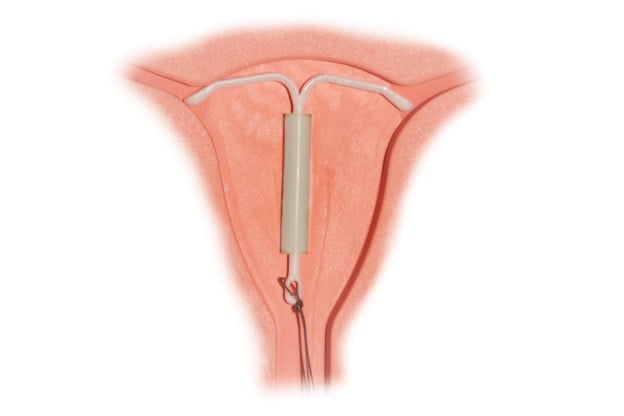Sexual Health
Teens, To Be Happy As A Lark, Use A LARC
Teen pregnancy rates have continued to decrease over the past two decades, dropping to an unprecedented low of 26.5 births per 1,000 teens in 2013 according to the most recent CDC data. Teen pregnancy tends to have negative effects on teen health and social and economic standing and an important cornerstone in keeping these rates low is contraception.
The American Academy of Pediatrics released a policy statement entitled “Contraception for Adolescents” in September of 2014 ranking contraceptive methods in terms of their effectiveness. The most effective methods are (in decreasing order of effectiveness): single rod contraceptive implant, intrauterine devices (IUDs), DMPA contraceptive injection, followed by the contraceptive ring, contraceptive patch, and contraceptive pill with the same effectiveness rating.
Implants and intrauterine devices are the most effective because there is little room for user error. Once they are inserted, they effectively prevent ovulation and conception for 3 years for implants and 3 – 10 years for IUDs depending on the type of IUD chosen. Using long-acting reversible contraceptives (LARCs) such as implants and IUDs means that female adolescents do not need to remember to replace their hormonal contraceptive at the same time every day (pill), week (patch) or month (ring), which is a common cause of contraceptive failure. For a similar reason, LARCs are also the most cost-effective method over the long-term. Unfortunately according to a recent CDC report, the most effective birth control methods are not the ones selected by adolescents. IUDs, for example, were issued to only 7.1 percent of 15 to 19 year olds in 2013. This percentage is a substantial increase from previous years, but pales in comparison to usage of other methods (namely, the pill and condoms).
Julie Beck with The Atlantic suggested that this low usage may be due to issues with the Dalkon Shield intrauterine device in the 1970s. As many as 200,000 women have testified that use of the Dalkon Shield caused them severe side effects including perforation of the uterus, infection, pelvic inflammatory disease, and infertility. This dark past could still be looming in the minds of American citizens and physicians when considering contraceptive options. However it is important to note that Dalkon Shield and the other intrauterine devices of the time were removed from the market and the contraceptive method underwent dramatic changes before approved to return to the market. Subsequently the IUDs of today are very different from the IUDs of the 1970s.
The changes to the IUD method and studies of its effectiveness and side effects prompted The American College of Obstetricians and Gynecologists in 2011 to declare LARC IUDs to be “the most effective forms of reversible contraception available and…safe for use by almost all reproductive-aged women.” In their 2014 Contraceptives for Adolescents report, The American Academy of Pediatrics asserted that IUDs are safe for adolescents who have never given birth and moreover, that LARCs should be the primary contraceptive choice for sexually active adolescents wishing to avoid pregnancy.
Ultimately, contraceptive choices are a personal and unique decision for every individual going down that path. If you would like more information about IUDs to consider whether they are a good choice for you, see our related article. Given that the teen pregnancy rate in the United States was the highest of developed countries with complete data in 2011 – 7 times the teen pregnancy rate of Switzerland, the fact that teen pregnancy rates are declining and contraceptive use is on the rise is something to celebrate within itself. By continuing to increase communication and awareness about the most effective contraceptive methods among adolescents, the United States could see an even larger drop in teen pregnancy rates.









